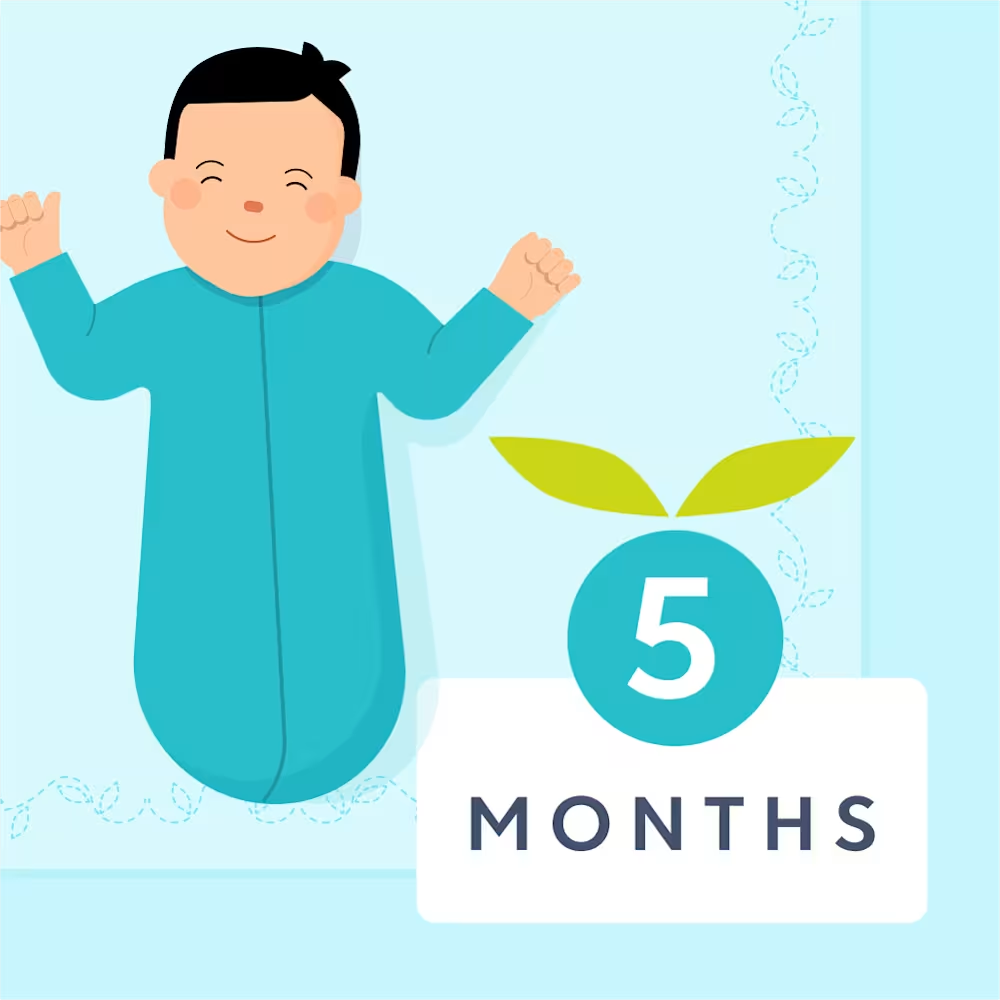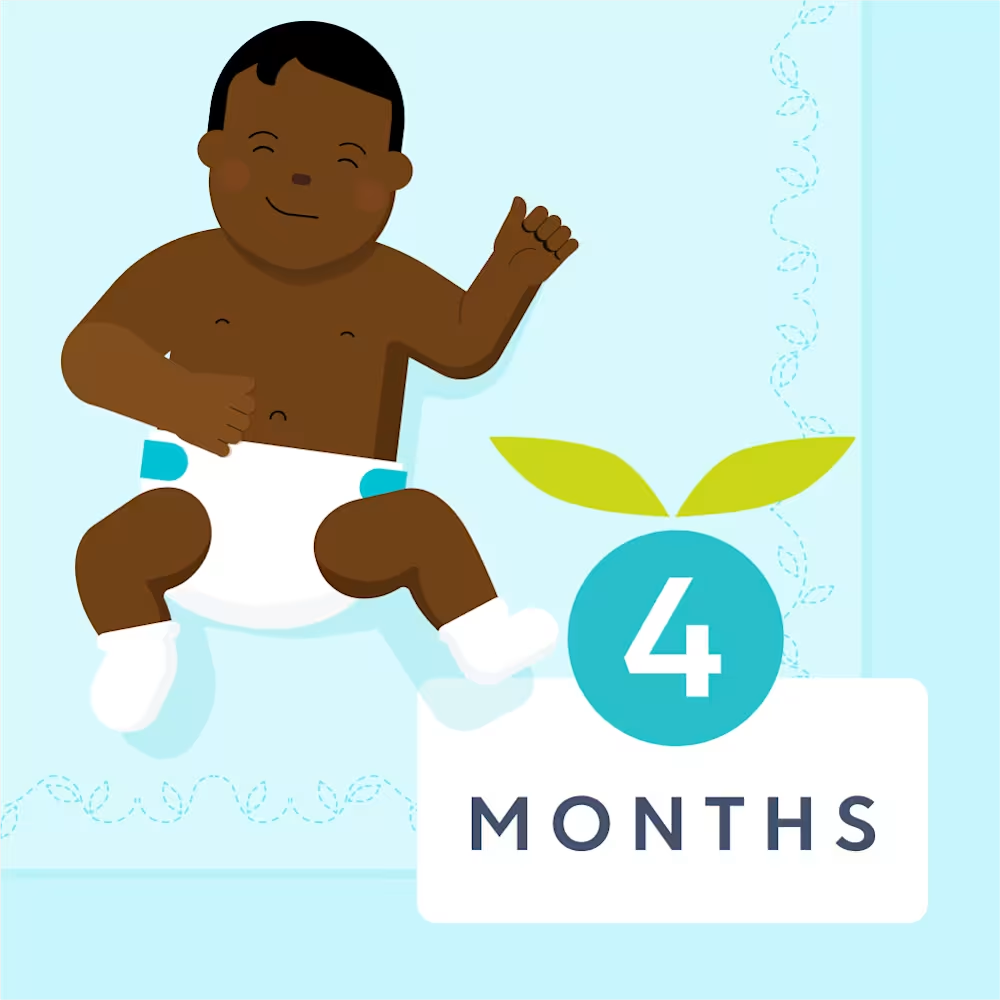Cry it out method (aka extinction method): Is it right for your baby?
Updated Oct 16, 2025

It's time to discuss one of the most hotly debated topics out there: the cry it out method. We’ll explain what it is and take a look at the research so you can decide if it’s right for your family. You’ll get evidence-based facts here, not judgment (we’ll leave that to your social media circles).
Table of Contents
What is the cry it out method?
Cry it out (also known as CIO or extinction) is a method of . In short, a child is put into their sleep space while they’re still awake and then left to fall asleep on their own. It’s typically used to solve sleep issues caused by sleep onset associations, e.g., if your baby is accustomed to being rocked, fed, or held to sleep. As the name implies, the method often involves tears since the child’s routine is suddenly — and drastically — changed.

Total extinction
Depending on who you ask, total extinction can be synonymous with cry it out, or it can be one variation of CIO. Either way, the term refers to putting a child into their sleep space while awake and leaving them until a set time in the morning. Parents are instructed not to intervene and to ignore crying and unless there’s a concern that the child is ill or hurt.
Graduated extinction
Graduated extinction is a progressive waiting approach that is also known by a host of other names:
Ferber Method
Check and console
Controlled comforting
Controlled crying
Like total extinction, some sleep experts view gradual extinction as a variation of CIO. Others don’t consider graduated extinction to be a form of cry it out, but rather a different method of sleep training altogether.
We don’t need to get bogged down in semantics. All can agree that graduated extinction means putting your baby down into their sleep space while still awake, and leaving the room but returning for visits in a specified manner. Unlike the total extinction method, which doesn’t incorporate visits, graduated extinction involves intervening in gradually increasing intervals.
The Ferber Method
The is undoubtedly the most well-known graduated extinction method. Developed by Dr. Richard Ferber in the popular book “Solve Your Child’s Sleep Problems,” his technique starts with a visit to reassure the child after 3 minutes of crying. Parents are encouraged to keep their visits 1 - 2 minutes long, while the child remains in their crib. The time increments are then increased with subsequent visits, with the next visit taking place after 5 minutes. Eventually, the intervals between visits increase to 30+ minutes.
Controlled comforting
Controlled comforting, like check and console and controlled crying, are generic terms for graduated extinction. The guidelines regarding how long to wait in between checks to reassure your child can vary depending on who you ask. Similarly, the parameters around how much the parent should intervene can vary as well.
The idea remains the same: Ultimately, the goal is for the child to fall asleep without direct contact from the parent, but visits to reassure the baby (and the parents) are encouraged. That means the child should fall asleep without being held, patted, or fed to sleep — but the parent would make regular check-ins until that happens. One sleep expert may encourage parents to keep their visits brief, while discouraging picking their child up. Other consultants allow for longer visits with more interaction.
Does the cry it out method work?
Yes. The short-term goal of cry it out is to help the child learn to fall asleep without caregiver assistance, i.e., to change sleep onset associations that can disrupt sleep. The long-term goal is to reduce night wakings and decrease bedtime resistance.
A 2006 review [] by the American Academy of Sleep Medicine took a look at 19 studies involving behavioral treatments for children with sleep issues. The evidence is clear that behavioral interventions, including both total extinction and gradual extinction, significantly improve a baby’s ability to fall asleep and stay asleep.
Pros
Cry it out is effective. Research [] supports that behavioral interventions (including both total and gradual extinction) result in significant reductions in bedtime resistance and night wakings.
Sleep training improves parental mental health []. Better sleep leads to improvements in child and family well-being. This is particularly significant for mothers, since maternal depression and poor maternal health have been linked [] with infant sleep problems.
These methods can achieve faster results for some families. And while some would rather spend weeks gradually transitioning away from sleep associations, families who commit to a total or gradual extinction approach can see significant improvement within several days.
Cons
Ignoring your baby’s cries can be hard. Really hard. As a result, parents find it difficult to be consistent, which can hinder progress.
Because we’re wired to respond to our baby’s cries, this method can be more stressful [] in the short term than others. Some parents and children find the dramatic changes in routine very upsetting and prefer a gradual method that aims to limit tears in the short term.
Cry it out methods can lead to a lot of initial sleep loss, especially when applied to the entire night, as opposed to beginning with bedtime only. This can sometimes lead to increased night waking, as well as daytime clinginess and difficulty with naps for the first few days.
At what age can you let a baby cry it out?
The recommended age for letting a baby cry it out is 5 - 6 months or older. Since younger babies aren’t always capable of consistently falling asleep independently, we recommend waiting until your baby is at least 5 months old before using a cry it out method at bedtime.
If you’d like to use the graduated or total extinction method in the middle of the night, we recommend waiting until 6 months of age. You’ll also want to check with your pediatrician to determine whether your baby is ready to night wean or should continue to eat at night.
How long will my baby cry with the cry it out method?
The amount of crying will vary depending on a number of factors. Some babies fuss for under 10 minutes and quickly accept a new way of falling asleep. More persistent babies may cry for hours the first few nights — and will cry longer the less consistent you are and the more often you visit. Your baby’s temperament and their current level of sleep pressure (meaning how long they've been awake and whether they’re over- or under-tired) will likely help dictate how long they cry.
Some babies will cry when you initially change their routine, no matter what steps are taken to minimize tears. We get it — adults have a hard time changing habits, too, even if it’s for the better! The first few nights are generally the hardest, and then the changes become easier to accept.
Making sure your baby’s needs are met before any form of sleep training will help bring peace of mind. This includes making sure your baby:
Has a calming and consistent bedtime routine, with lots of cuddles []
Is in a safe sleep space
Isn’t hungry
Has a dry diaper
Is in comfortable clothing
Since overtiredness can increase tears, we also recommend following an age-appropriate schedule.
Is the cry it out method harmful or safe for babies?
There are no data to support that the cry it out method is harmful in the short term or long term. On the contrary, a 2020 study [] found that babies who were sleep trained using a graduated extinction method showed increased security and attachment after the program.
Likewise, the 2006 review looked at 13 sleep training studies [] for adverse secondary effects. None were identified. In fact, infants who participated in sleep interventions were found to be “more secure, predictable, less irritable, and to cry and fuss less following treatment.”
In a Five-Year Follow-up of Harms and Benefits of Behavioral Infant Sleep Intervention [], researchers concluded that “Behavioral sleep techniques have no marked long-lasting effects (positive or negative). Parents and health professionals can confidently use these techniques to reduce the short- to medium-term burden of infant sleep problems and maternal depression.”
That said, some children get very upset when left to fall asleep on their own. For families choosing the total or graduated extinction methods, we do recommend using a video monitor to ensure that the child remains safe in their crib, especially if they’re already pulling up/standing in their sleep space.
Can cry it out be used for naps?
Yes, the cry it out method can be used to sleep train during the day. We recommend using it for the first two naps of the day only. Work on each nap for an hour. If your baby isn’t asleep at that point, get them up and try again an hour later.
Are there alternatives to the cry it out method?
There are alternatives to the cry it out method. Research supports that a can improve sleep. These include:
Fading
Positive routines with faded bedtime
Extinction with parental presence
Find more info about each below:
Fading
Families looking for a more gradual or gentle approach may prefer to slowly transition away from helping their child to sleep.
For instance, if your baby falls asleep while being rocked, you’d begin by rocking with less intensity. Then you’d move on to holding your baby to sleep, without movement. Over time, you’d decrease the amount of help you’re offering until it has completely faded away and your baby is falling asleep on their own. This can be an effective way to solve sleep issues caused by .
Positive routines with faded bedtime
Toddlers and preschoolers who resist bedtime may see improvement by combining a consistent pre-bedtime routine along with a delayed bedtime. The idea is that you connect a warm, positive routine between the parent and child along with a later bedtime, so that the child falls asleep fairly quickly. The child then learns to connect the sleep cues of the routine with the experience of falling asleep quickly. Once this happens, bedtime can slowly be moved earlier each night until the bedtime goal is achieved.
Extinction with parental presence
The traditional total extinction method has parents leaving the room while their child falls asleep. This variation allows the parent to remain in the room without contact. Some families prefer to stay in the room to provide reassurance, while other families find that this can increase a child’s frustration since the parent isn’t doing what the child wants and expects them to do at bedtime.
Conclusion: Should you try the cry it out method?
Maybe. Whether a family decides to sleep train, and what method they choose, is a highly personal decision. Since quality sleep is crucial to physical and mental health, we encourage families to make changes if they, or their child, aren’t getting enough sleep.
Cry it out can be a good option for families with a healthy child over 6 months of age who:
has nap, bedtime, or night-waking issues due to a sleep association
are comfortable allowing their child to cry if their needs have been met
prefer to make bigger changes over a shorter period of time
Other families will want to consider alternative solutions for sleep issues.
Cry it out sleep training method FAQ
Share article:
Note: The content on this site is for informational purposes only and should not replace medical advice from your doctor, pediatrician, or medical professional. If you have questions or concerns, you should contact a medical professional.
8 Sources
Table of Contents
Share article:










